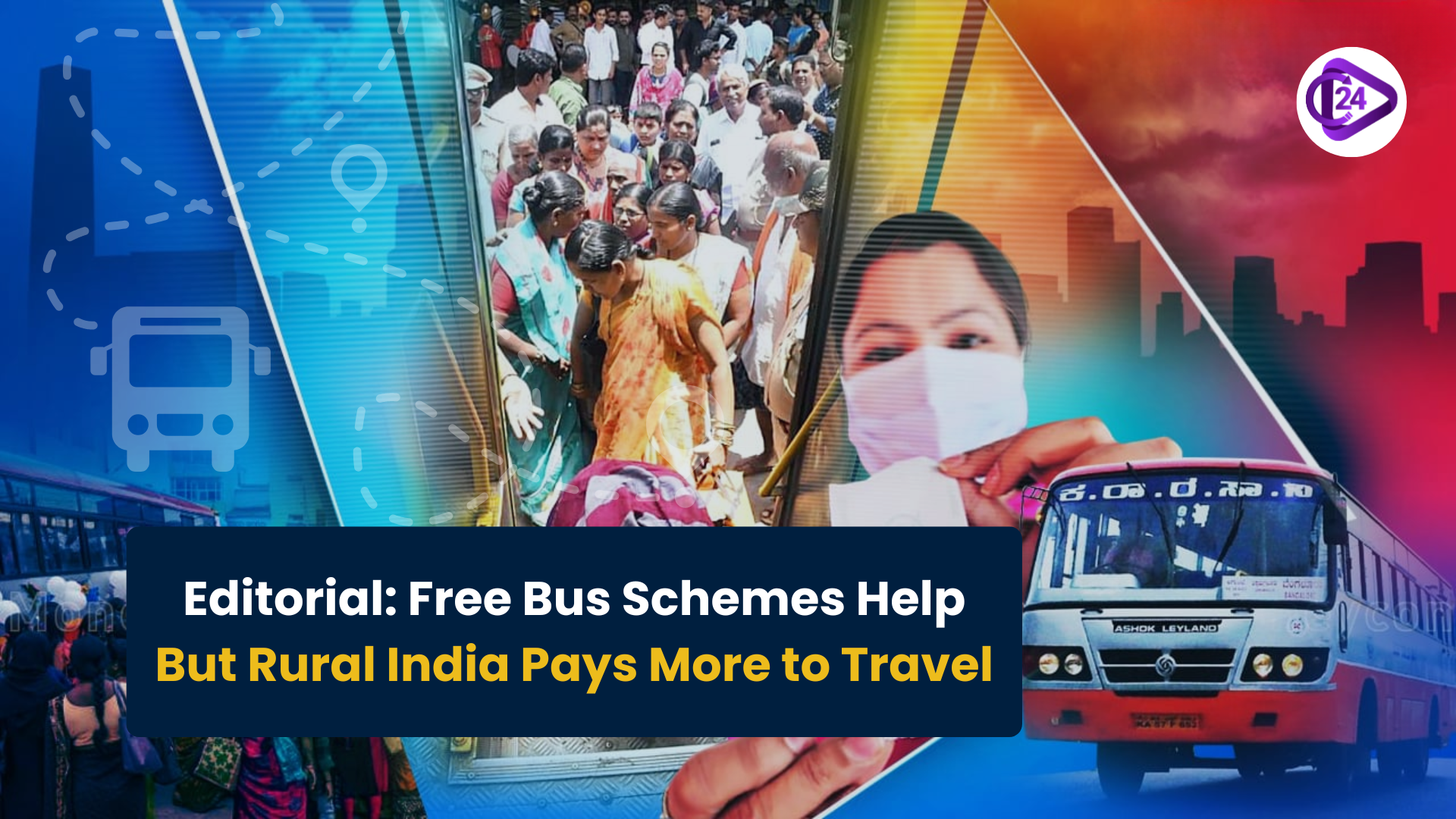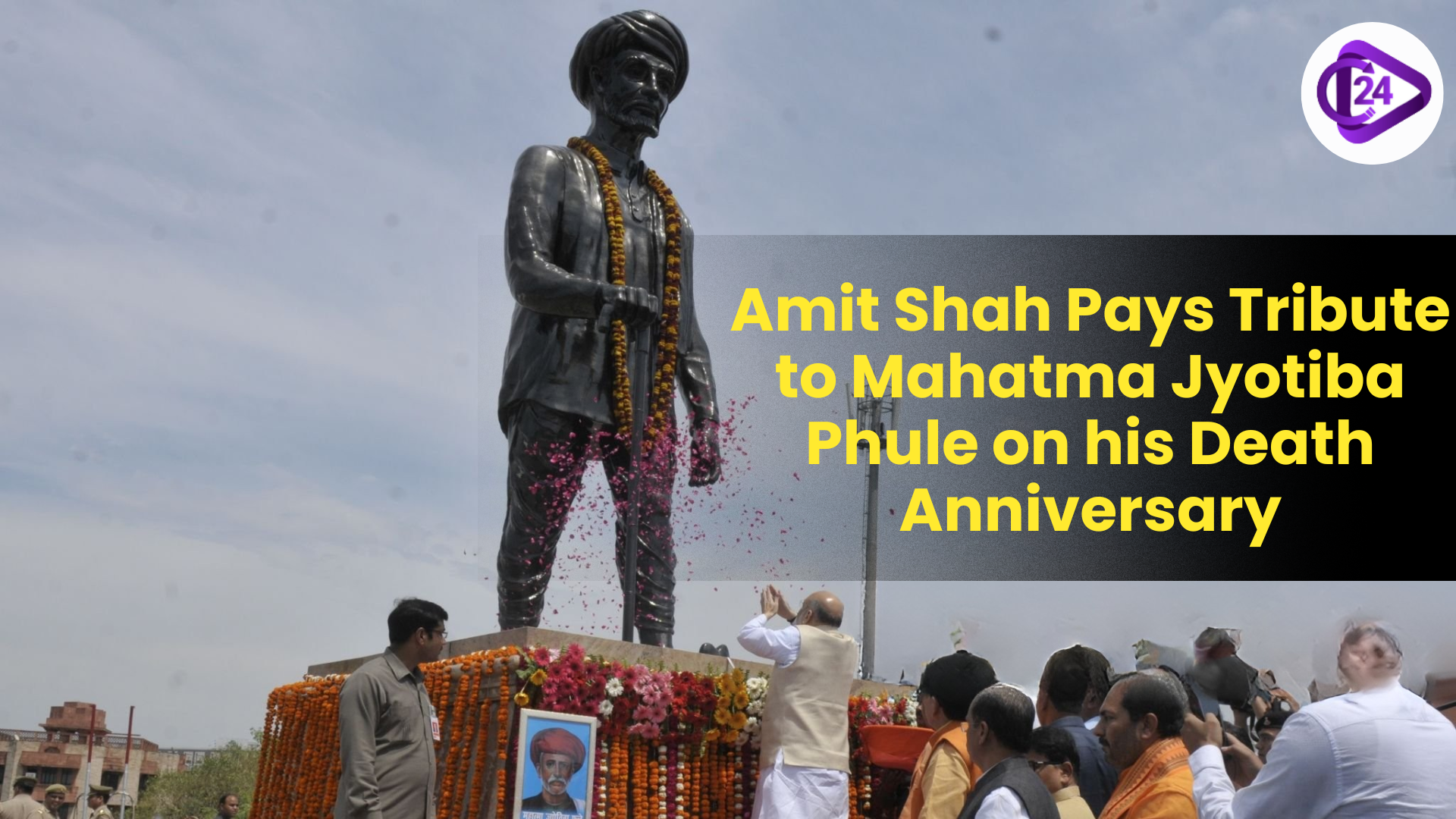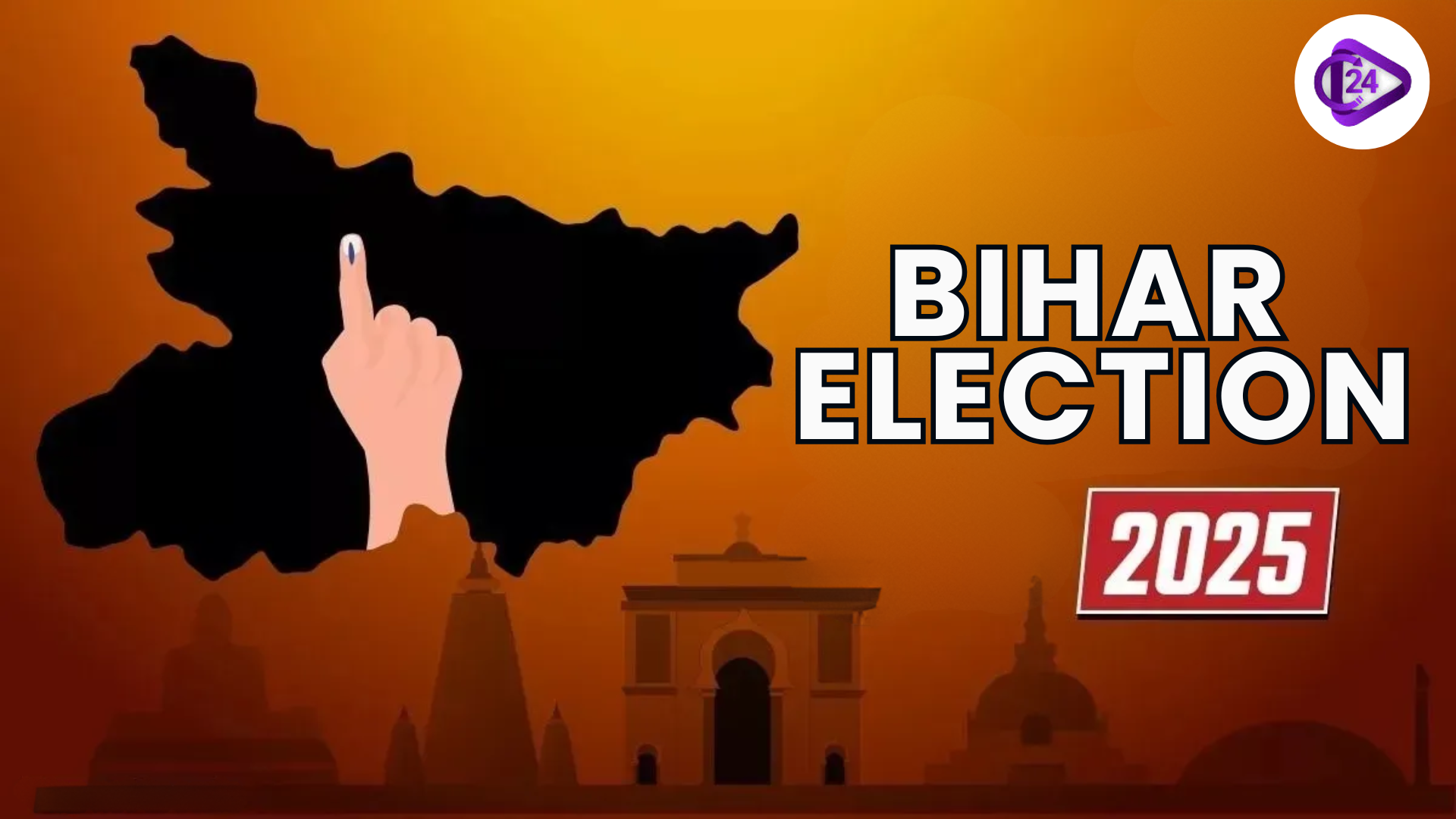
Although there has been a reduction in the level of poverty in rural India, the issue of inequities with regards to access to the public transport system still exists. The Household Consumption Expenditure Survey (HCES) 202324 indicates that the share spent by the rural households on the conveyances takes a disproportionately large part of buses in their conveyance budgets. The schemes to get free bus travel in different states are meant to reduce this burden, particularly on women, but the results are aced. There is low bus density, poor infrastructure, and distorted patterns of use. Fare waivers are not enough; structural developments will facilitate equal mobility.
Context
-
Inclusive development in India has to fill the mobility gaps in India particularly in the rural region.
-
Public transport not only plays the role of allowing people into the economic world, but also enhances access to education, health and social services.
-
The 2023-24 HCES entails useful information on patterns of expenditure on conveyance, which are essential in the formulation of successful transport policies.
Key Points
Value Added Data Insights
-
Expenditure Per Month: 4,122 (rural) as compared to 6,996 (urban)
-
Share of Non-Food Spending Conveyance: ~14 % at the national level
-
Bus Travel Share in Spending on Conveyance: 20.6 % (rural) vs. 16.2 % (urban)
-
Bus: Density: Only 17 buses per 1 Lakh of the population (milepost: 60)
Problems in Rural Mobility
-
Lack of Buses
-
National average: 17 buses to 1 lakh of the population
-
States such as Punjab, Odisha and UP: less than 10 buses/lakh
-
-
Infrastructure Deficit
-
Bad roads conditions, unpredictable schedules, old buses
-
But it is particularly hard for women, aged people and schoolchildren
-
-
Skewed Utilization
-
Bus spending among the higher-income groups is higher in rural places
-
Most of the daily-wage workers in the field are also forced to use informal transport or to walk
-
Shows that buses are meeting more general mobility requirements and not only work-related needs
-
Policy Recommendations
-
Implementation of Electric Buses
-
Reduced operational expenses, fares and prices
-
The good consequences to the environment: reduction in the emissions, better air quality
-
-
Growth of Bus Fleets
-
Give priority to rural and under served districts
-
Add frequency and distance last-mile connection
-
-
Fund and Improve the Services
-
Poor and vulnerable groups fare rationalization
-
Specific headings in the price subsidy on women, schoolchildren, and laborers
-
Punctuality and safe and comfortable service
-
-
Planning of Rural-Urban Transportation
-
Develop a hub-and-spoke: the central bus hubs and feeder routes
-
Monitor real time data where it comes in handy to schedule and capacity planning
-
Match to the employment, education, and healthy points of entry
-
Conclusion
Traveling freely on the bus is a developing concept, particularly in empowering rural women and facilitating transportation situations. Nevertheless, it can only succeed when it comes to fare waivers, but not holistic reforms. Mobility must be made a policy priority particularly in the rural regions since the availability of reliable and affordable transport is a pillar of inclusive growth.



 Amit Shah Pays Tribute to Mahatma Jyotiba Phule on his Death Anniversary
Amit Shah Pays Tribute to Mahatma Jyotiba Phule on his Death Anniversary NDA Sweeps Bihar Assembly Election 2025 BJP Leads with Strongest Mandate
NDA Sweeps Bihar Assembly Election 2025 BJP Leads with Strongest Mandate ISRO and NASA’s Joint NISAR Mission to Begin Operations on November 7
ISRO and NASA’s Joint NISAR Mission to Begin Operations on November 7 First-Ever Subsea Tunnel in Kerala: Reduce Travel Costs & Ease Traffic
First-Ever Subsea Tunnel in Kerala: Reduce Travel Costs & Ease Traffic India’s Demographic Dividend as a Time Bomb: A Call for Action
India’s Demographic Dividend as a Time Bomb: A Call for Action






